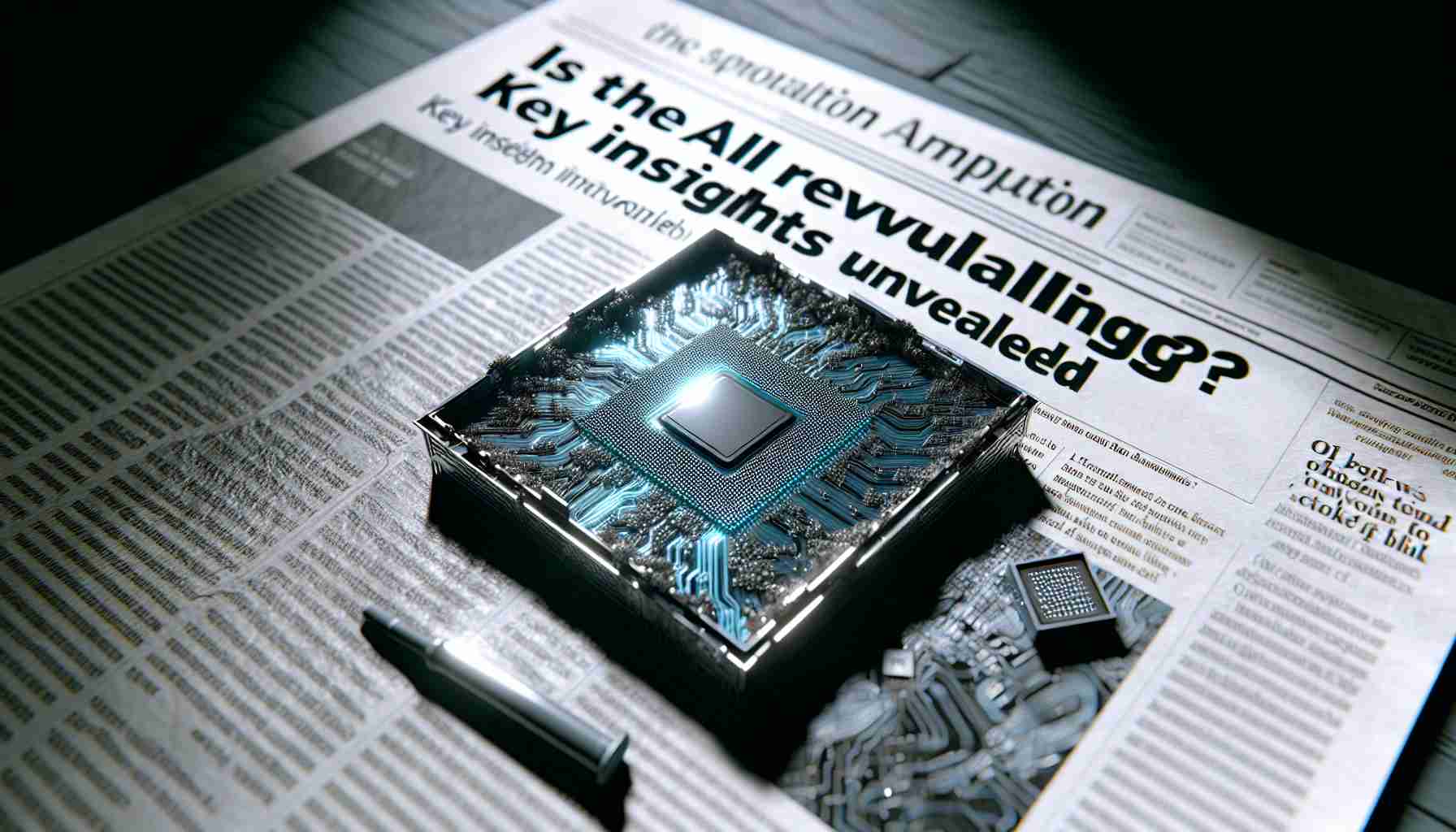In a dramatic shift within the smartphone processor landscape, Apple remains the dominant force in terms of revenue share, according to Canalys’ third-quarter 2024 report. The tech giant holds a commanding 41% of the market value, largely attributed to the premium pricing of its iPhones. This places Apple significantly ahead, leaving substantial ground for competitors to cover.
Qualcomm, with its renowned Snapdragon series, remains a strong contender, securing 28% of the market revenue. Meanwhile, MediaTek captures 17%, continuing to play a crucial role in processor deliveries despite a slight dip in shipment numbers. The company shipped 119.3 million units, maintaining a 38% market share despite a 4% decrease from the previous year.
Qualcomm capitalized on its portfolio as well, experiencing a 4% boost in shipments, culminating in 76 million units distributed and a 24% volume share. In third place by volume, Apple’s 9% rise in shipments to 54 million units underscores its robust demand, controlling 18% of total shipments.
The surprise story of this period is HiSilicon, the manufacturer behind Kirin processors. Experiencing a staggering 211% increase in shipments, this surge has largely been fueled by Huawei’s strategic use of Kirin SoCs within their mid-range offerings, propelling HiSilicon to notable prominence.
This quarter has also been characterized by the dominance of flagship AI smartphone processors, claiming a considerable share of the market value with a collective revenue of $54 billion. These high-performance chips continue to reshape the competitive dynamics in the industry.
The Surprising Evolution of Smartphone Processors: A Glimpse into the Future of AI Technology
The recent Canalys report on the third quarter of 2024 highlights an intriguing shift in the smartphone processor market, but what it doesn’t say reveals even more about the technological trajectory we’re on. Beyond Apple’s continued dominance with its 41% revenue share and Qualcomm’s steadfast presence at 28%, there are significant developments that could shape the future of humanity and technology as we know it.
The Rise of HiSilicon: Triumph Against All Odds
HiSilicon, the force behind Kirin processors, emerged as the unexpected star of the quarter with a 211% surge in shipments. This rise is particularly noteworthy given the geopolitical challenges that have previously hindered Huawei, HiSilicon’s parent company. Despite these obstacles, HiSilicon has not only persisted but thrived by integrating AI-enhanced features into more affordable devices, effectively democratizing advanced technologies.
AI Processors: Shaping the Future of Smart Technology
With AI processors contributing significantly to the collective revenue, it’s clear that artificial intelligence is no longer a futuristic buzzword but a present-day catalyst for change. These processors are spearheading innovations in machine learning and neural processing, facilitating everything from more efficient energy consumption to revolutionary camera capabilities.
Interesting Fact: AI processors such as those found in Apple’s A-series and Qualcomm’s Snapdragon series are responsible for intelligent features like image recognition and real-time translation, hinting at an era where smartphones might serve as personal assistants and not just communication devices.
Advantages vs. Disadvantages of AI in Smartphones
Advantages:
– Enhanced User Experience: AI processors enable smoother interfaces and more personalized interactions.
– Increased Efficiency: Neuroprocessing units (NPUs) offload tasks from the CPU, resulting in faster processing and less battery drain.
– Innovative Features: AI allows for features like night mode photography, real-time language translation, and personalized content recommendations.
Disadvantages:
– Privacy Concerns: Increased data collection could lead to privacy vulnerabilities if not properly managed.
– High Cost: The inclusion of advanced AI features can drive the price of smartphones up, making them less accessible to some consumers.
– Resource Intensive: Development and deployment of AI processors demand significant computational and energy resources, posing environmental and sustainability challenges.
Controversies and Considerations
Is the rapid advancement of AI technology in smartphones leading to a new kind of digital divide, where only those with the latest devices can fully access and benefit from these innovations? Furthermore, as AI processors become more prevalent, what ethical frameworks should govern their development and usage?
What’s Next?
The trajectory suggests that future smartphones might integrate even more deeply with our daily lives through wearables and smart home devices. The potential for growth is immense, but it requires balancing innovation with accessibility and ethical standards.
For more insights into emerging technologies in the smartphone industry, visit Canalys and stay updated with the latest technological innovations.





















